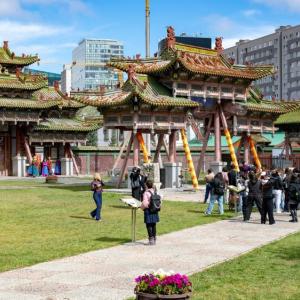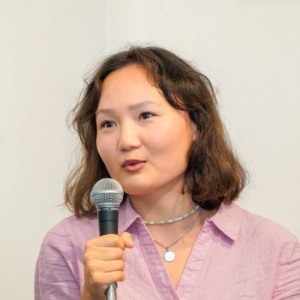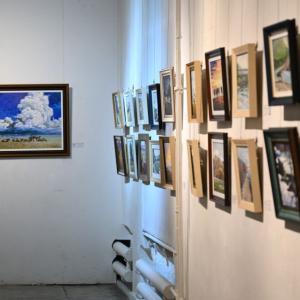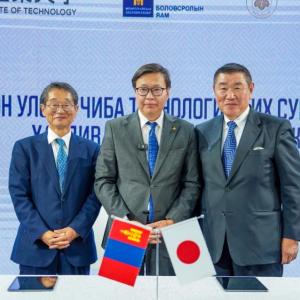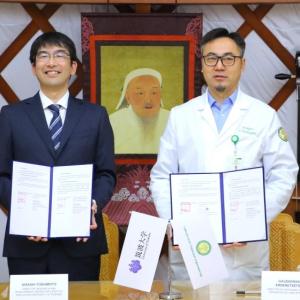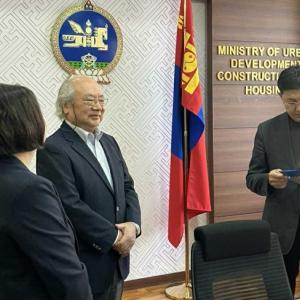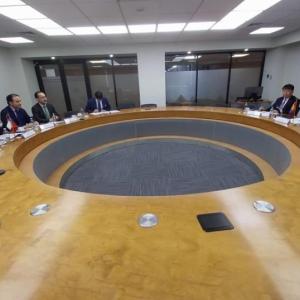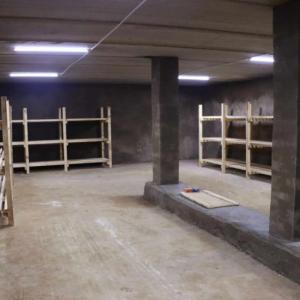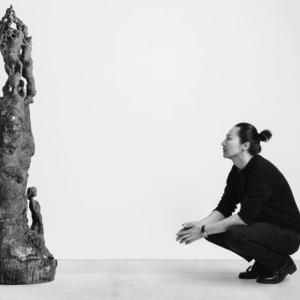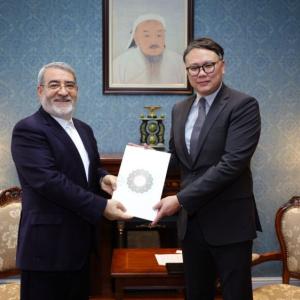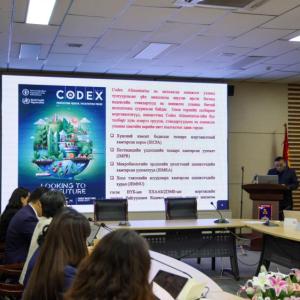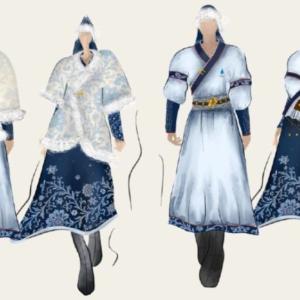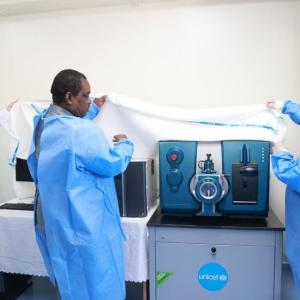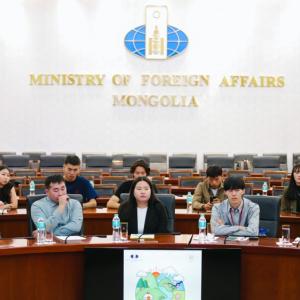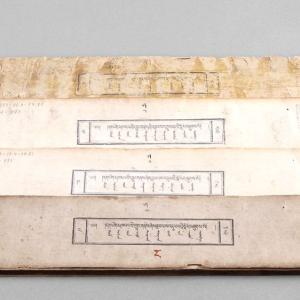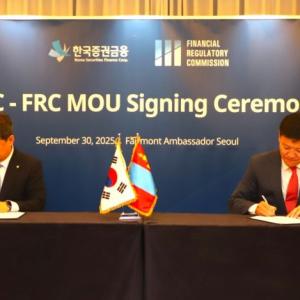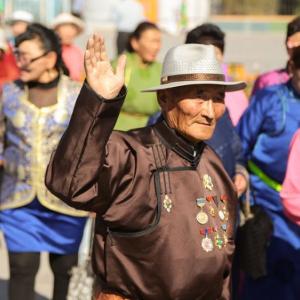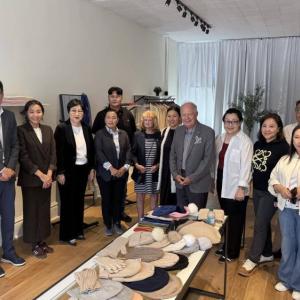Archeologists of Mongolia and Germany discover 1,200-year-old citadel
Art & CultureUlaanbaatar /MONTSAME/. The “Orkhon” Mongolian-German joint team of archeologists reported they have discovered fascinating findings from the palace of the ancient Uyghur Empire’s capital Ordu-Baliq. Since 2007, the joint expedition has been doing archeological research on the ancient capital. And last summer was when the expedition team found traces of a well in
the center of the palace. At the bottom of the 12-meter-deep well, there was not only water, but also various artifacts that was well-preserved.

For instance, they found a bell that had inscription in ancient Chinese meaning “Six tunes, eight melodies, to become renown in the 10 skies” and the bell was still able to make a ringing sound after 1,200 years.
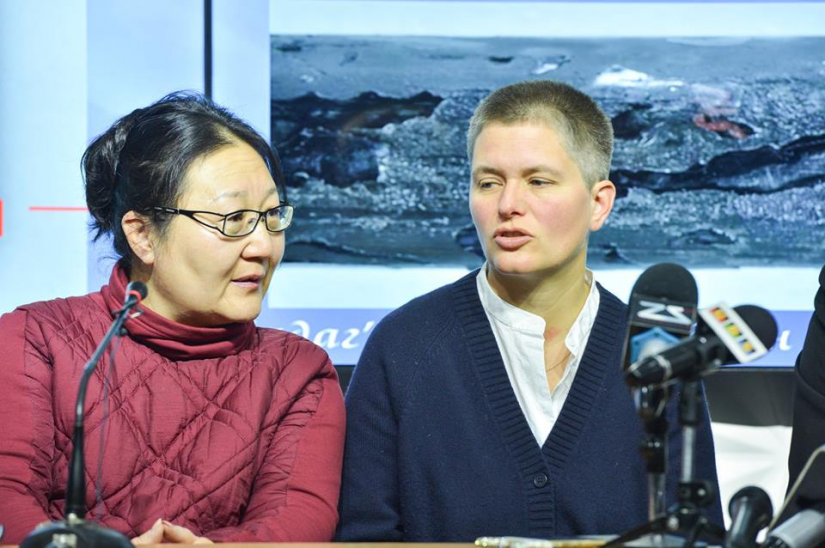
Excavation
leader Dr. Christina Franken said, “I was absolutely fascinated hearing the
bell still ring, after being at the bottom of a well for 1,200 years. This
might have been the first ever excavation to have been done in such wet
conditions in the history of archeological research in Mongolia.” Furthermore,
the team also found several interesting vases that might have been dropped into
the well. One of the vases had the Imperial Seal of the Uyghur Empire King,
which was used during the time when the city was bustling with activity and it proves
the owner of the vase was a person who had a bond with the King's palace. In the wet
muds at the bottom of the well, there were several items made of organic materials,
such as detailed woodworks and two broken wood poles coated in black lac with finely
engraved patterns of pine needle and plants.

Professor at National University of Mongolia, Dr. U.Erdenebat said, “If these artifacts were buried in the dirt, they wouldn’t have been preserved so well and it would have molded and become a part of the soil in a relatively short amount of time. It’s a rare occasion to have the findings be in such good condition. With these findings, we are now able to look into how the materialistic culture used to be in Mongolia in 8th-9th century. As of now, the artifacts show that handcrafts were highly developed during the time, but it was also under the influence of culture from other countries, such as China.” According to the researchers, the findings, especially the delicate woodcraft, require complex measures to be taken in restoration as well as preservation. Currently,
a team of specialized restorers, from Germany, Mongolia and Japan, are developing a plan to restore and preserve the Ordu-Baliq artifacts. The archeological team plans to further study the findings after it’s restored, in hopes of gaining new knowledge on the cultural correlation between the Uyghur Empire and its neighbors.

 Ulaanbaatar
Ulaanbaatar


